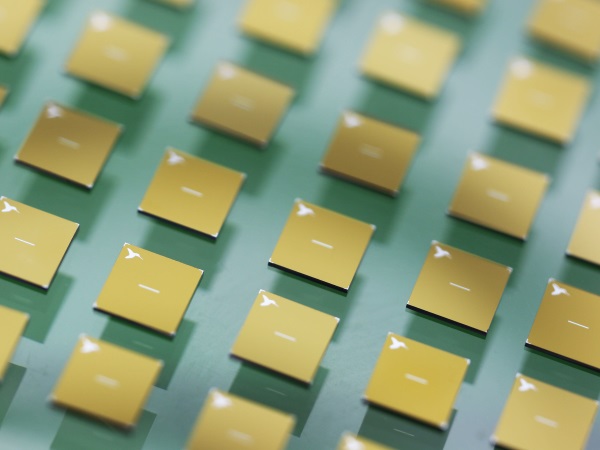When stacked together and compressed by o-rings, window and spacer chips form a space of normal atmospheric conditions called an environmental cell. Using an environmental cell, researchers can image specimens in-situ without extensive sample preparation, which helps to limit sample preparation artifacts. Researchers can change the environment within the cell during experiments and observe the influence of these changes on the specimen in real time.
Research applications include:
- Nanostructure synthesis (nucleation and growth)
- Imaging hydrated structures in their native environment
- Studying metal corrosion
Samples can be mounted using:
- FIB cut sample manipulation
- Drop-casting nanostructures
- Direct deposited local sample (i.e. e-beam written, FIB deposited, hard-mask shadow deposition)
- Direct deposition blanket films
Available for:

